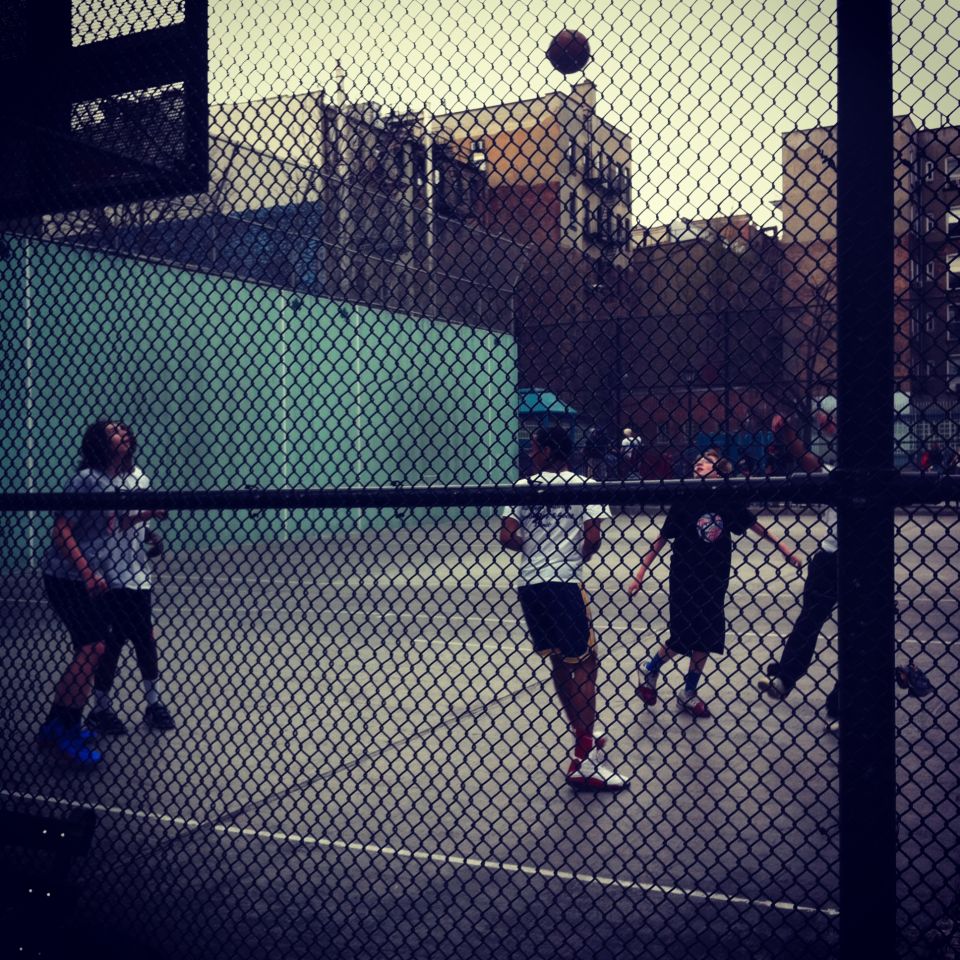News
December 2021 - March 2022
9 X 5 Exhibition - Hill End Art Gallery
My two small works, Hill End - Diptych, 2021 and Hill End - Triptych, 2021, are part of the 9 X 5 Exhibition at the End Hill Art Gallery. Photographed in June 2014 during my residency at Murrays Cottage, I have often returned to these negatives to create a body of work. Unfortunately, it has often elluded me, until I was given the opportunity to submit for this exhibition. The imges were captured on one of my daily walks on a particularly misty morning. The area holds a mystical air ripe for re-imaging distinct features of the landscape. Historically rich and imbued with memory, the landscape whispers.
I'm so happy to take part in this fundraier for the Hill End Arts Council Inc. Proceeds go toward keeping this vibrant community alive for artists in the unqiue village of Hill End.
Click on the link below to find out more.
June 2019
Midjuburi Precinct Creative Trail - May Street Artist Studios
I'm really excited to be opening the door of my new Atelier at the next Inner West Council Midjuburi Precinct Creative Trail on 3 & 4 August from 10am to 4pm.
If you're in the area come by & say hello.
My new space is #31 at May Street Artist Studios.
March 2017
A Secret - Group Exhibition – Contact Sheet, St Leonards
"Do you have a secret somewhere? A work that was never intended for public display?" My reply "YES! Count me in."
All works in the exhibition are presented anonymously, so you will have to guess which is my work ;)

March 2017
GAIA - Group Exhibition - Magnet Galleries, Melbourne
I'm very honoured to be part of the 7th Annual Women's Photographers' Exhibition to celebrate International Women's Day at Magnet Galleries in Melbourne.

Sandra Kontos, Iris
November 2016
Belvedere Torso, 2011 as key visual image for an exhibition on Johann Joachim Winckelmann at Neues Museum in Weimar, Germany
A graphic designer working in Berlin contacted me after he had seen my Belvedere Torso, which I photographed in 2011 during a trip to Rome. He was requesting permission to use my photograph exclusively for an exhibition on the fascinating German art historian and archaeologist Johann Joachim Winckelmann (9 December 1717 – 8 June 1768).
Johann Joachim Winckelmann was a pioneering Hellenist who first articulated the difference between Greek, Greco-Roman and Roman art. "The prophet and founding hero of modern archaeology," Winckelmann was one of the founders of scientific archaeology and first applied the categories of style on a large, systematic basis to the history of art.
Many consider him the father of the discipline of art history. He would be the decisive influence on the rise of the neoclassical movement during the late 18th century. His writings influenced not only a new science of archaeology and art history but Western painting, sculpture, literature and even philosophy. (https://en.wikipedia.org/wiki/Johann_Joachim_Winckelmann)


April 2016
Les Walkling's Composition and Lighting Workshop – Centre for Contemporary Photography, Fitzroy
I attended Les Walkling's workshop in Melbourne at the CCP. Mr Walkling's knowledge of art history and the history of photography is astounding. His technical photographic expertise from analogue to digital is second to none. He is such a generous teacher, and I always gain so much from his workshops. Also, spending time in beautiful Melbourne is always such a treat and the city was sublime in Autumn, misty morning walks through the park to class, busy yet cosy restaurants, and getting lost in little laneways.
In summary, Mr Walking teaches... remember that lighting is principally about 'hard and soft' relationships, where hard (small) lights produce hard lines of separation (edges), and soft (large) light sources produce soft lines of separation. We can soften a hard light by moving it closer to the subject, by diffusing its output, de-focusing it with a fresnel lens, or by bouncing it off a larger surface. Conversely, we can harden a soft light by moving it further from the subject. Reflectors can also be described as soft (matte reflector) or hard (glossy reflector). Always begin with your Key Light, it defines the characteristics of the scene. Then add your fill light(s) (or reflector) to control the contrast ratio (tonal composition) and finally light your ground (background) separately from your figure (object) to control your figure/ground relationship.
Just as when composing your images (drawing composition) lighting the scene equally influences its iconography (meaning). Increasing the difference between each light increases 'dischord' and increases the drama (tonal composition) and mood (colour composition) of the picture. Reducing the differences between each light source increases the picture's harmony etc.
The five key aesthetic judgements that we can address to the lighting of our scene (or the editing of our files etc) are, "does the scene need to be"
- lighter or darker
- harder or softer
- sharper or duller (texture or local contrast)
- warmer or cooler
- more colourful or less colourful
In this way, we control the tonal and colour compositions within our image.
Finally, never forget that images are composed of images, and each sub-image (that constitutes our image) needs to be equally, individually and honestly considered, composed and illuminated. (leswalkling.com)
February 2016
the fear of forgetting – Group Exhibition – Contact Sheet, St Leonards
I am so honoured to be exhibiting in this exhibition with these amazing artists. Thank you, Steven Cavanagh and Paul McDonald for curating such a beautiful show.
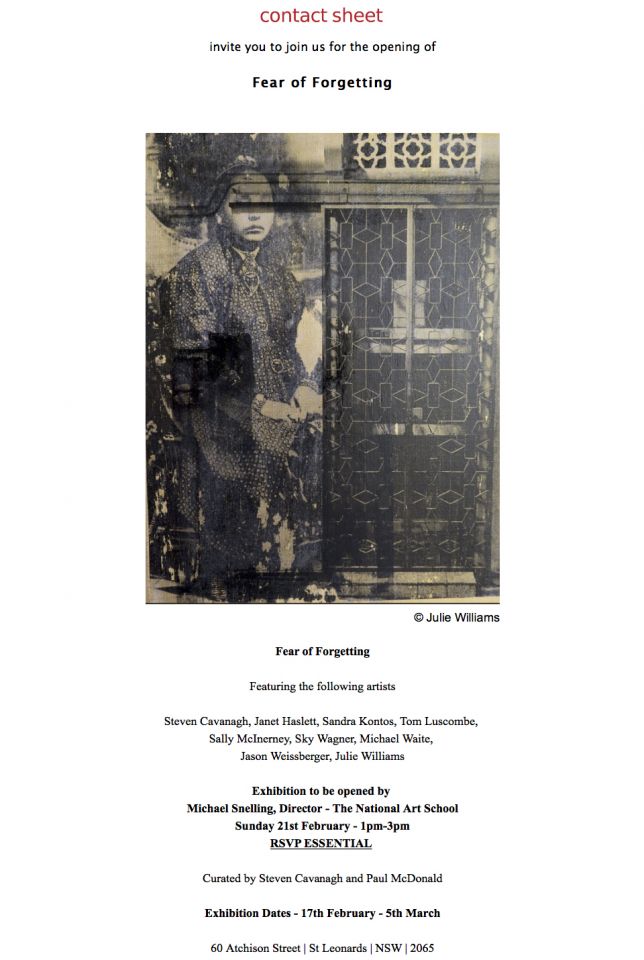


Photographs by Michael Waite
December 2015
2015 CCP Salon – Centre for Contemporary Photography, Fitzroy
Australia's largest open-entry, photomedia exhibition and competition, CCP Salon presented by Leica and Ilford is now in its 23rd year!

Sandra Kontos, Fellwanderings #1
September 2015
“At First Sight” - AGNSW Staff fundraising exhibition for The Fred Hollows Foundation - Chrissie Cotter Gallery, Marrickville
A great event for an even greater cause. I am so happy to be part of this exhibition. I donated one of my Fellwanderings for the silent auction.

Sandra Kontos, Fellwanderings #3
September 2015
Les Walkling's Fine Art Reproduction Workshop – Centre for Contemporary Photography, Fitzroy
I attended Les Walkling's workshop in Melbourne and I must say I am in absolute awe of him. His knowledge and expertise are astounding. He is such a generous teacher, I gained so much from this workshop and hope to attend more in the future. I compiled a presentation of the points that were really interesting to me regarding fine art reproduction.
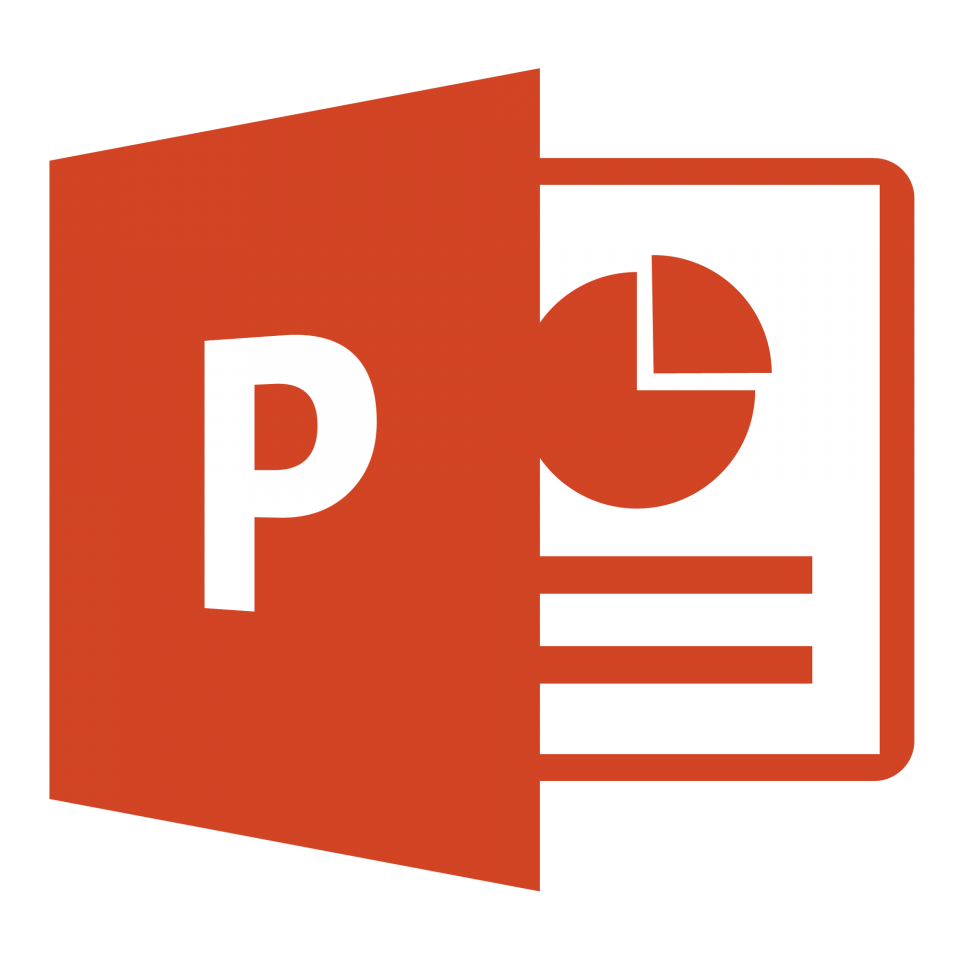 Les Walkling Fine Art Reproduction 2015
Les Walkling Fine Art Reproduction 2015
July 2015
Collaborative project with London based artist Olivia Hernaiz
In March 2015 a friend in London posted on Facebook, "Anyone interested in collaborating with an artist in London?" I thought it might be interesting so I PM'ed my friend & she emailed me details of the project from the artist.
---> I am currently doing a master in fine art at goldsmiths in london. For one of my project I am looking for a photographer based in Sydney who would collaborate with me. I am willing to make two simulatenous photographs, one of sydney and one of london. The photographs would be taken at the same moment by both photographers from the london bridge for one and from the harbour bridge in sydney for the other (the location could be discussed if the photographer has other suggestions)... Thanks a lot for getting in touch if interested!
Olivia
I was on the Harbour Bridge in Sydney facing east at sunrise while Olivia stood on London Bridge at dusk. We were on the phone to each other when we took our photos. Olivia examined the metadata of the images to ensure the photographs were taken at the same time.
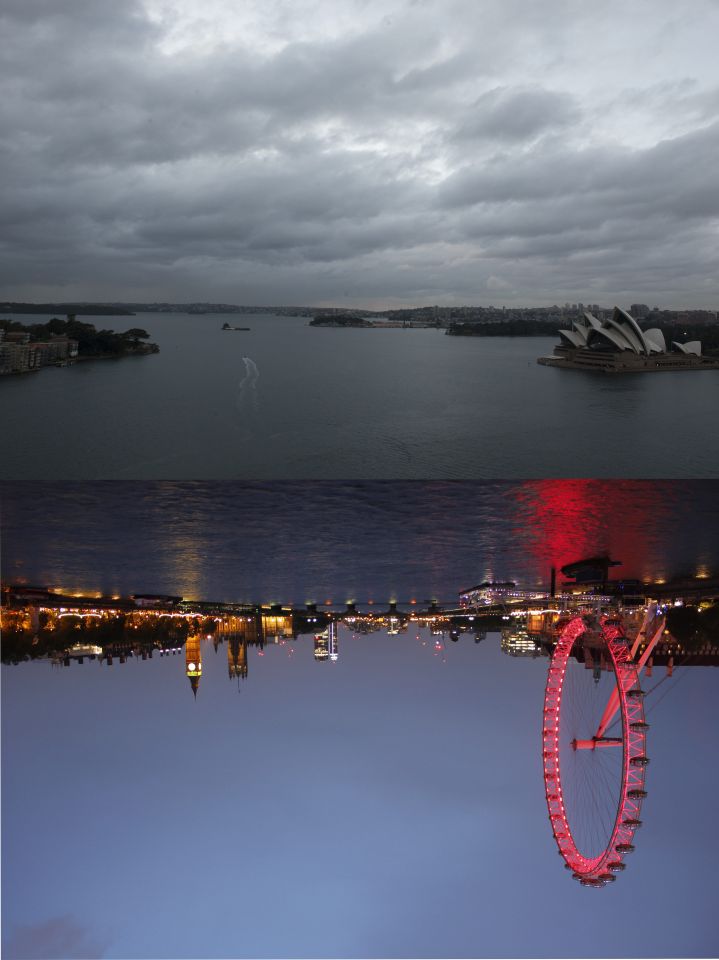
Olivia Hernaiz and Sandra Kontos

Interim show at Goldsmiths, University of London - July 2015 - Installation of Olivia Hernaiz's project.
June 2015
Captured – TAFE NSW Photo Imaging Diploma Graduate Exhibition - The Muse in Sydney
"A memory is what is left when something happens and doesn't completely unhappen."
Edward de Bono
Sandra Kontos mainly explores life, death, gender and sexuality through her art. The initial stimulus which drives much of the work in the artists's practice is autobiographical in nature. She often reminisces, "'my work is all my personal history... I can't separate my art from my life,'" as Felix Gonzalez-Torres once said.
The images in this series operate to a greater extent as an "extended act of remembrance," rather than simply an accurate resemblance of a place or object. The artist uses mainly nature to convey these events and thoughts. Nature made sense in a way, it is impermanent and constantly changing. Similarly, Alfred Steiglitz developed his theory of clouds as being equivalent of his life experience. The formal structure and pictorial language of Self is based and developed from Greek Mythology, artists of influence and various literary sources.
Fascinated in alternative photographic processes, Sandra has attended workshops at the Penumbra Foundation in New York and at Gold Street Studios in Trentham, Victoria gaining knowledge of various methods. Completing a BFA with honours in 2005, Sandra continues to explore themes such as historic processes and practiitioners, contemporary photographers and artists of interest in her Wordpress blog.
Sandra Kontos, Self; 2015
March 2015
Marrickville Open Studio Trail (MOST) -
Exhibition & May Street Studios Open Days in Sydney
It's that time of year again, I am busily preparing for MOST. It was so much fun last year so if you're in the area pop by & say hello..
Sandra Kontos, Ripple All Thy Flying Hair #1
June 2014 - June 2015
TAFE NSW - Diploma of Photo Imaging
I atteneded the TAFE Institute in Ultimo and completed a Diploma of Photo Imaging. It was an intense and fascinating learning experience. I have increased my knowledge and skills of digital photography tremendously. Lectures and workshops focused on digital workflow, studio lighting and post-production techniques. It was a privildge to be tutored by the excellent teaching staff, namely Mark Porkony and Dario Gardiman.
Some examples of the projects I completed this year; food styling, jewellery and environmental portraiture.
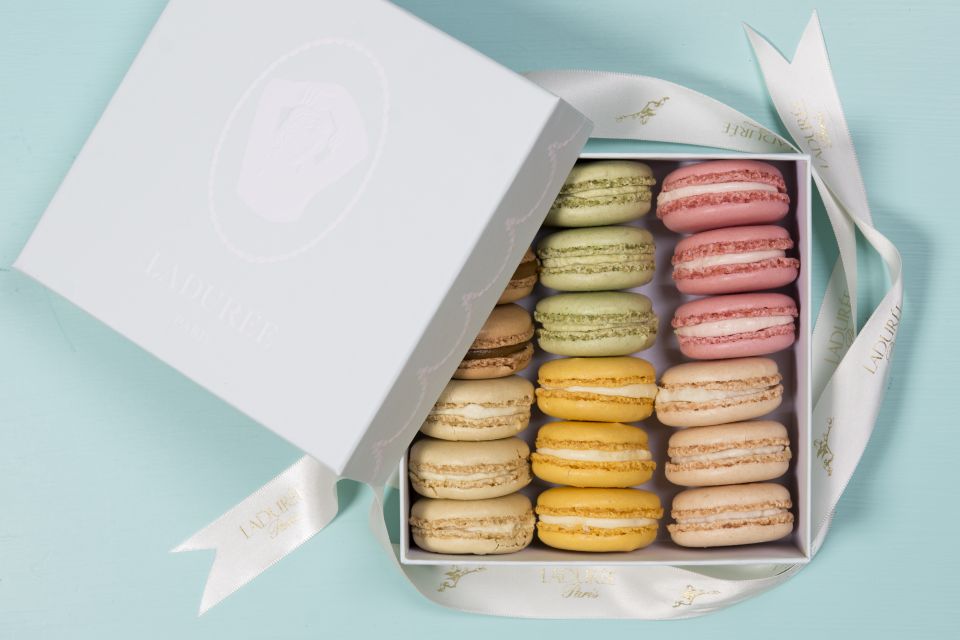
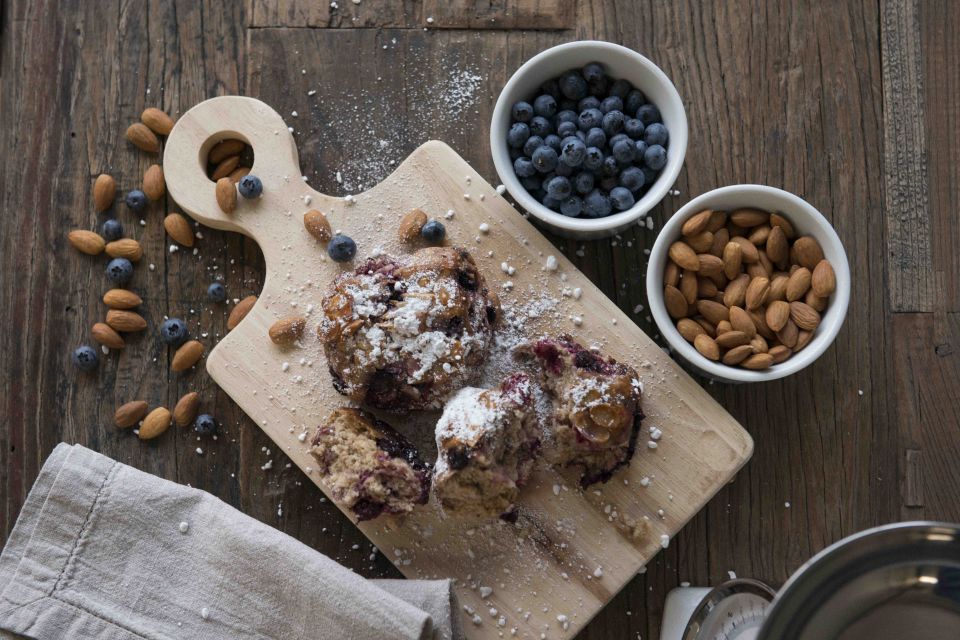
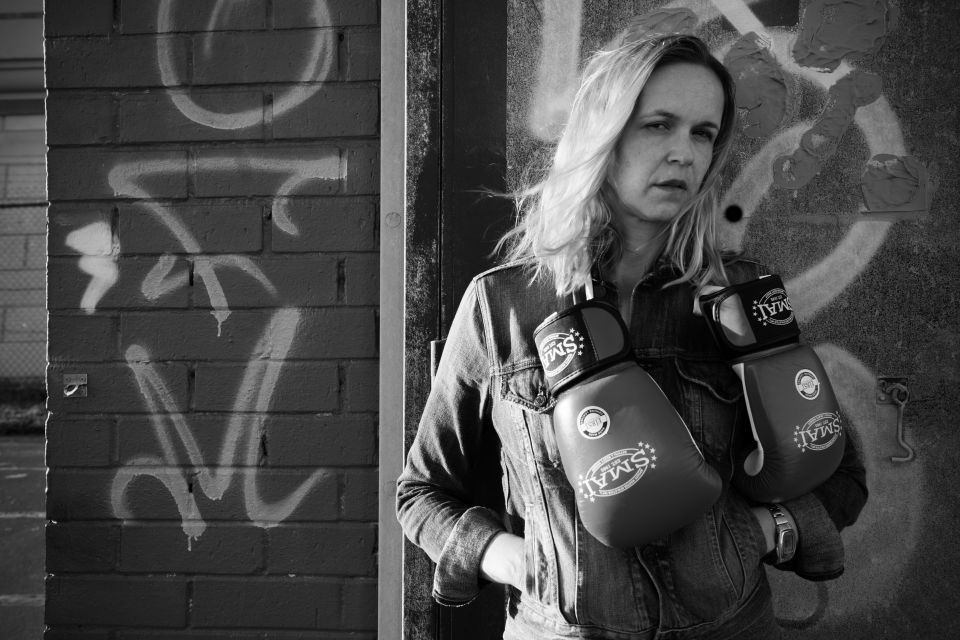
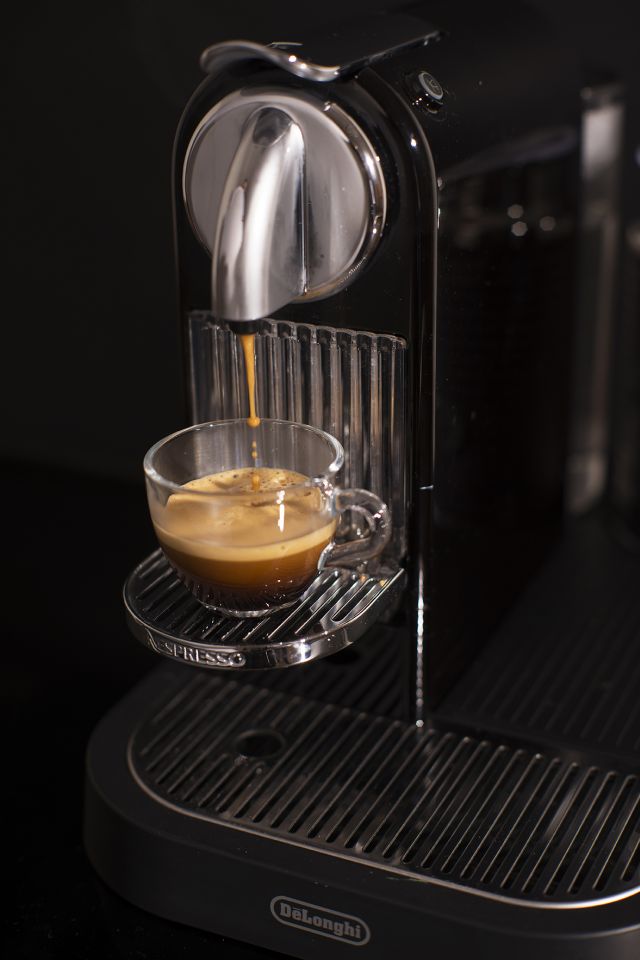
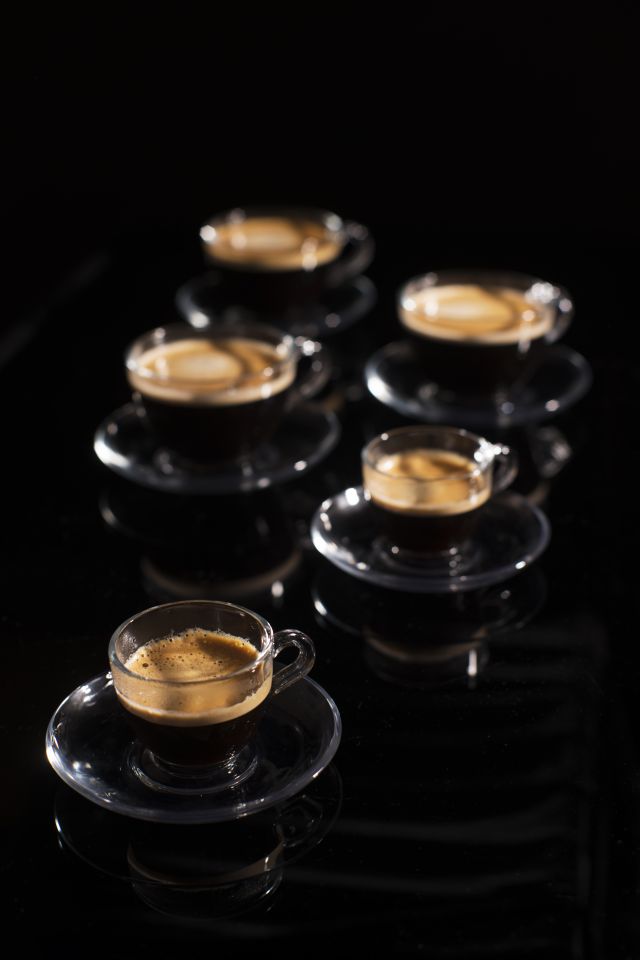
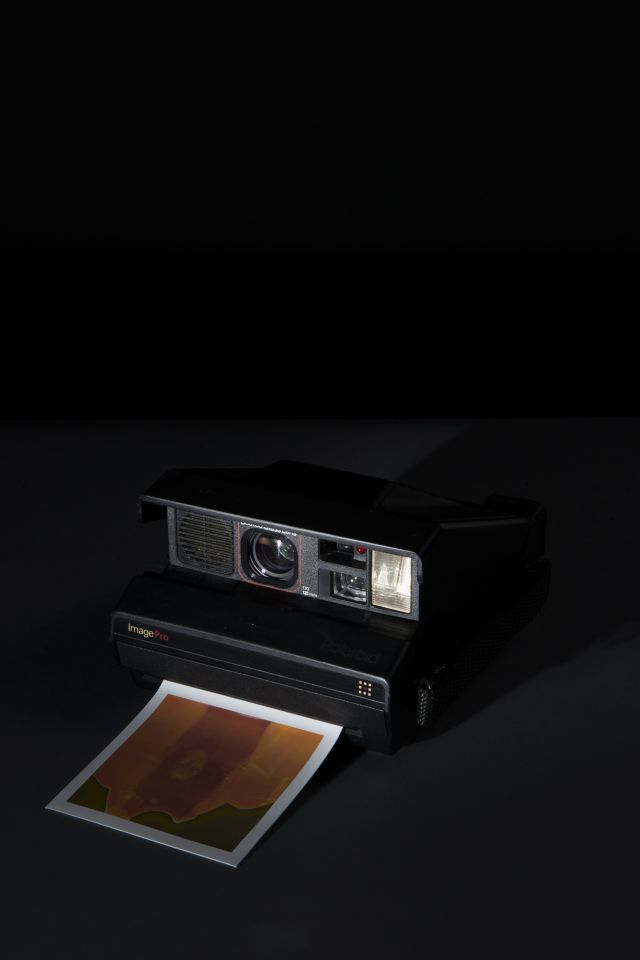
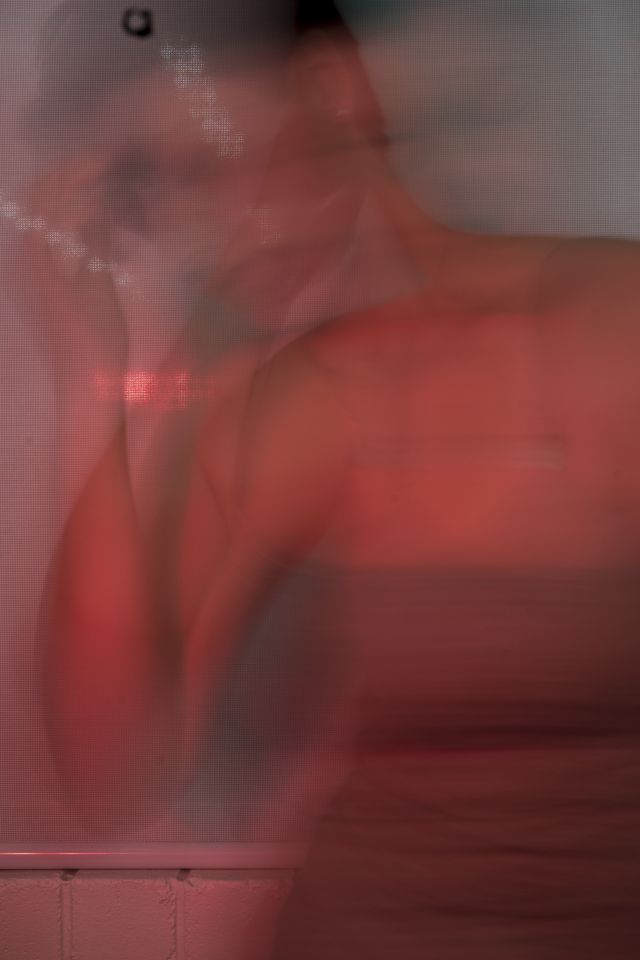
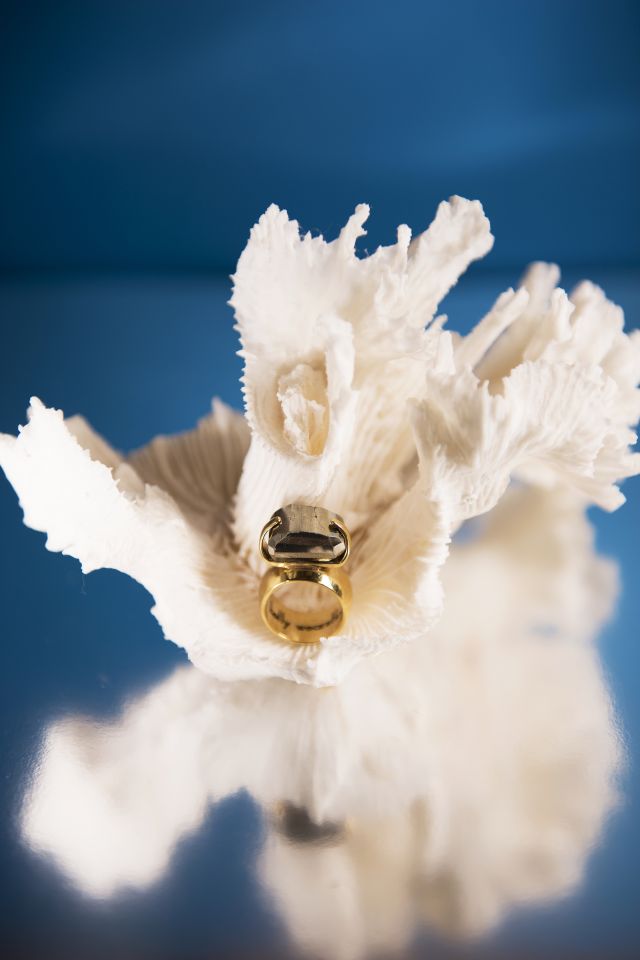
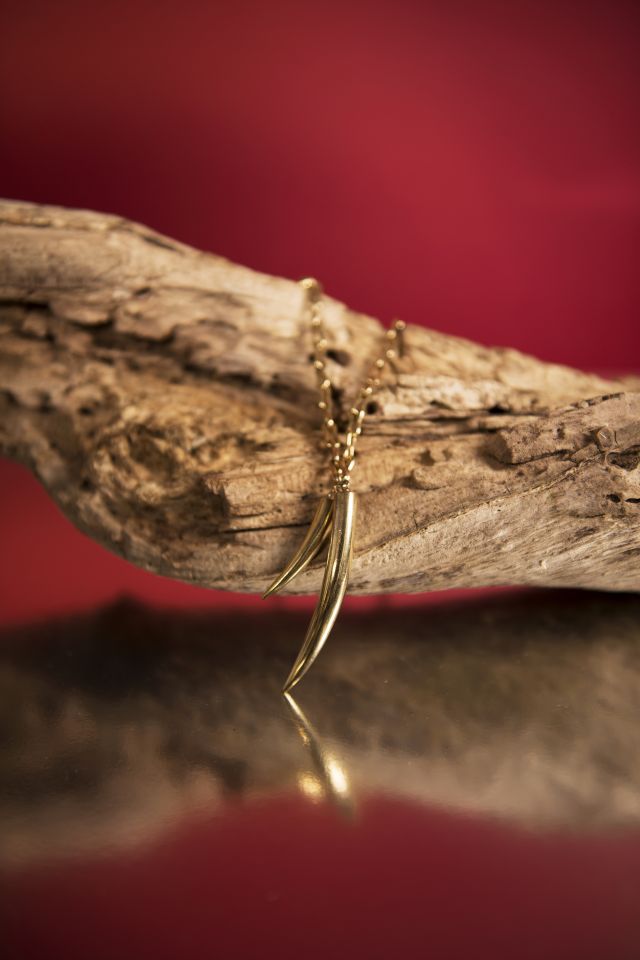
June 2014
Hill End Artists in Residence Program
I'm so excited to be a part of the Hill End Artists in Residence Program. In June I'll be staying at the historic Murrays Cottage.
Murrays Cottage, June 2014.
May 2014
Head On Mobile Exhibition Finalist
I'm SO happy to announce that I am a finalist in the Head On Mobile Competition!
My image from the Lake District, "Sheep on a Hill" will be on display at Depot II Gallery from 12 May – 8 June.

Sandra Kontos, Sheep on a Hill
Depot II Gallery on Danks Street & my photograph in the exhibition.
April 2014
Queensland Festival of Photography 5 Conference & Exhibition: Space & Place.
Brisbane, QLD.
I am pleased that one of my images was selected for the slideshow in the Queensland Centre of Photography's gallery window as part of the festival exhibition.
March 2014
Marrickville Open Studio Trail (MOST) -
Exhibition & May Street Studios Open Days in Sydney
Saturday 1st & Sunday 2nd March 2014
I am busily preparing for MOST. It was so much fun last year so if you're in the area pop by & say hello..

Sandra Kontos, Ode; under skin a pale fortress ablestly navigating storms
January 2014
Hill End Artist in Residence Program
I am so very excited & honoured to be selected for the Hill End Artist in Residence Program for 2014.
Proposed Project for June 2014
Fellwanderings is a series of photographs I took in the English Lake District in 2013. This stunningly sublime & evocative landscape with it's endless shades of green was a revelation to me. Drawing inspiration from Alfred Wainwright's meticulous drawings of the Lakeland Fells, I plan to create photogravures that correspond to the colour photographs. The sumptuous black and white tones of photogravures and the fastidious processes in creating them refers to the past and the forgotten hand of the artist.
Fellwanderings #5
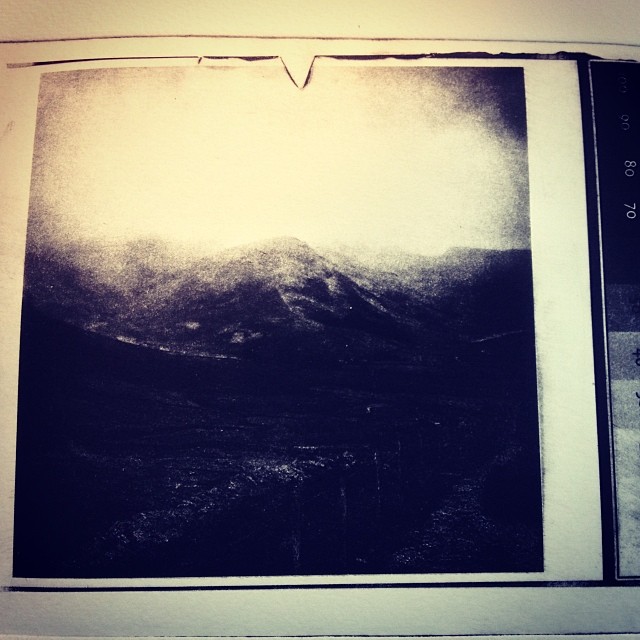
Preliminary photogravure of Fellwanderings #5
It is this element, the past & the forgotten that draws me to Hill End. Often we travel beyond our shore in search of meaning and understanding of oneself. As a first generation Greek, I often feel a disconnect to the Australian landscape. There is a sense of unease and a lack of belonging that I feel.
However, early post Colonial paintings and the obvious reference to the European tradition resonate for me. The Australian landscape seen through the eyes of a “foreigner” is of particular interest. The work of Eugene von Guerard fascinates me. His sensitive rendering of the Australian landscape painted in the German Romantic tradition is a pictorial language I seem to intimately understand. (Follow the link to view a selection of von Guerard's work at the Art Gallery of New South Wales) http://www.artgallery.nsw.gov.au/collection/works/?artist_id=von-guerard-eugene
Australia’s unique terrain inspires awe and terror in many ways. Russell Drysdale’s, Golden Gully, 1949, depicts an abandoned gold mining area and a settlement in the distance. It is at once a haunting subterranean landscape that has its history written on it. Vibrant earthy reds, muted greens & golden yellows create a sublime rendering of the Australian landscape. (Follow the link to view Drysdale's Golden Gully at the National Gallery of Australia)
http://nga.gov.au/Exhibition/OceantoOutback/Detail.cfm?IRN=29014
In Hill End I plan to immerse myself in the landscape, like I did in the Lake District. I will continue my research of early post Colonial painting and draw from the work of von Guerard and Drysdale. I hope to create photographs that correspond/respond to my series, Fellwanderings. My intention for the work at Hill End is that it will be a study of the landscape. A calculated attempt at creating what will be for me a series of quintessential Australian landscapes.
October 2013
Photogravure Traditional Copper Plate Workshop
Gold Street Studios in Trentham East, Victoria
The much revered Dianne Longley & Ellie Young ran the Photogravure workshop I attended at Gold Street Studios in early October. I just adore this process, printing & photography converge to produce sumptuous images with a wide tonal range.
The earliest forms of the medium were invented by photography's pioneers, Henry Fox Talbot & Nicephore Niepce in the 1830s. Creating etched plates & using the printing process prevented images from fading or deteriorating. In 1879, drawing from Talbot's & Niepce's research, Karl Klic considerably improved the process.
In the workshop we were taught Klic's lengthy process that consists of many distinct stages. "The unique tonal range of a photogravure print comes from the variable depth of etch. The shadows are etched many times deeper than the highlights." (Longley & Young, Photogravure Workshop notes)
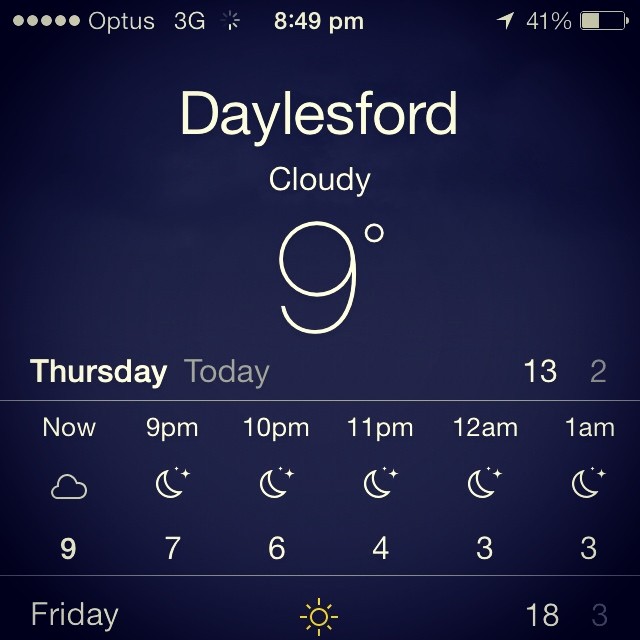
Sydney > Melbourne.. brr..
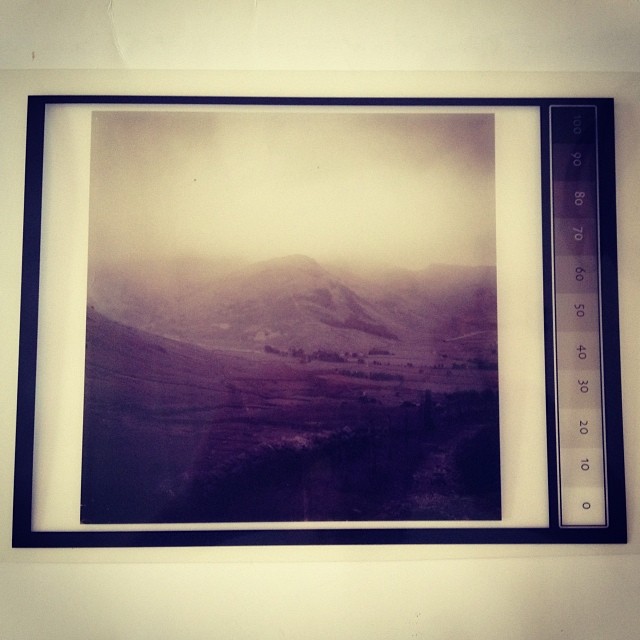
gelatin pigment paper is exposed in a UV vacuum with the inkjet positive & a screen.
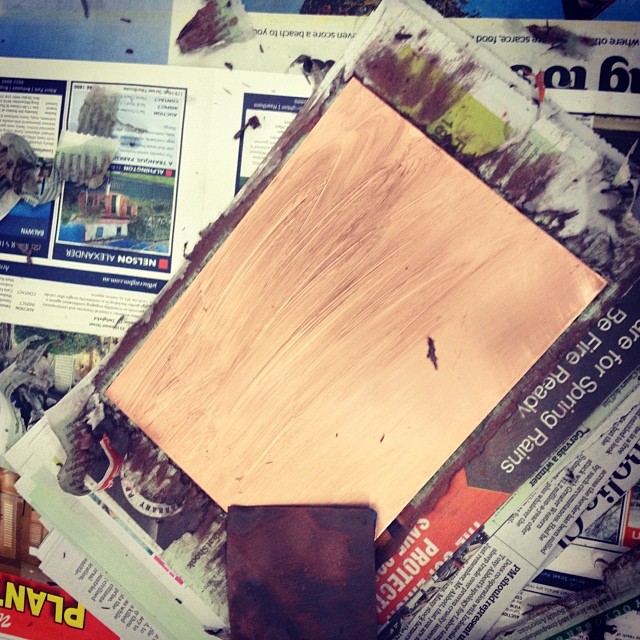
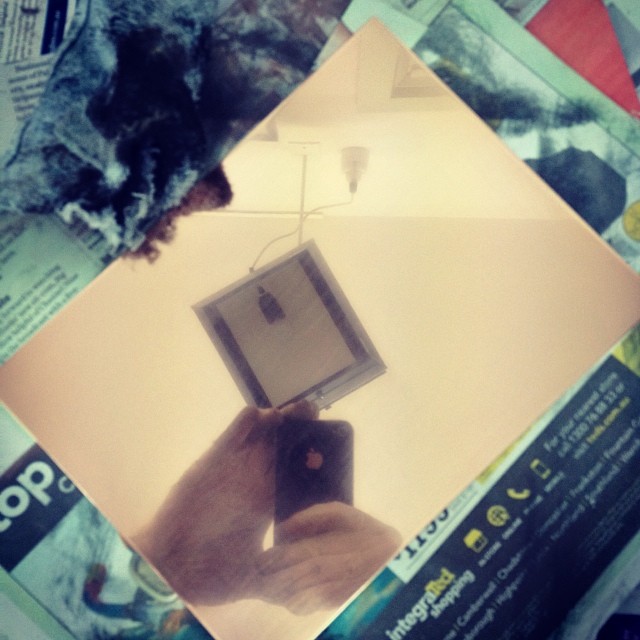
the copper plate is polished with brasso..
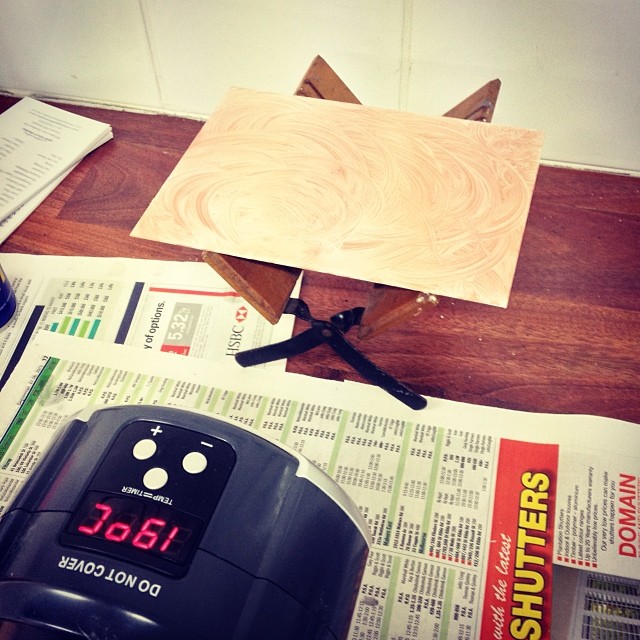
the plate is then degreased & dried with a fan heater.
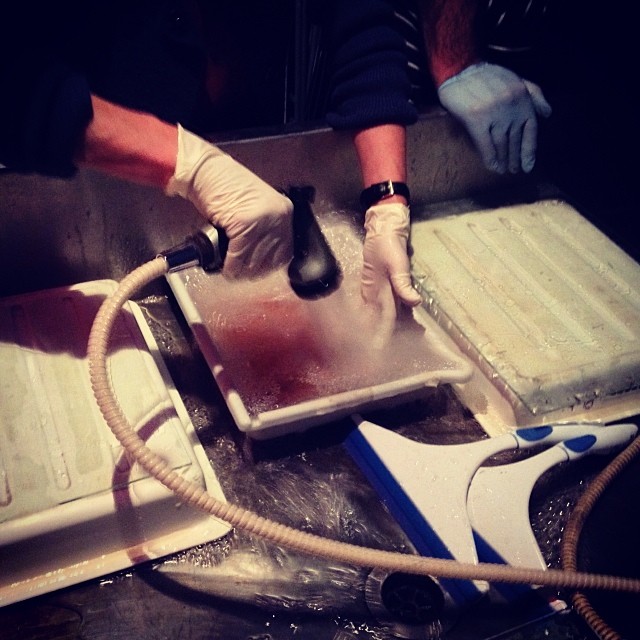
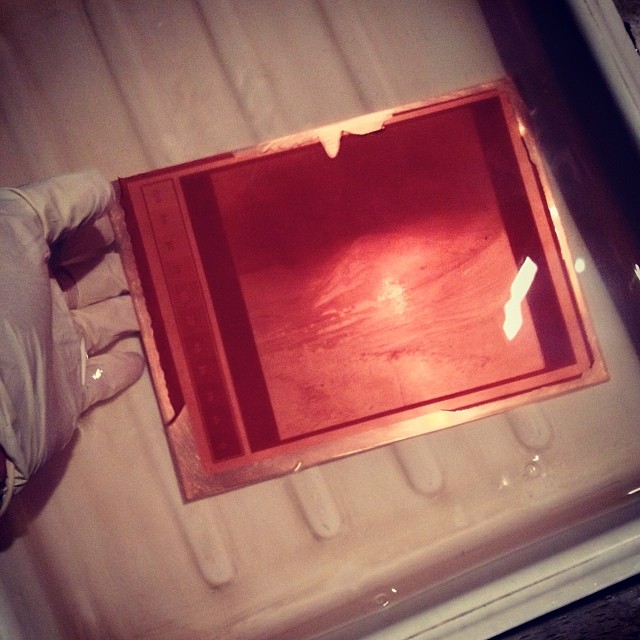
the exposed pigment paper is laid down onto the polished plate.. it is washed in a series of baths & dried overnight.
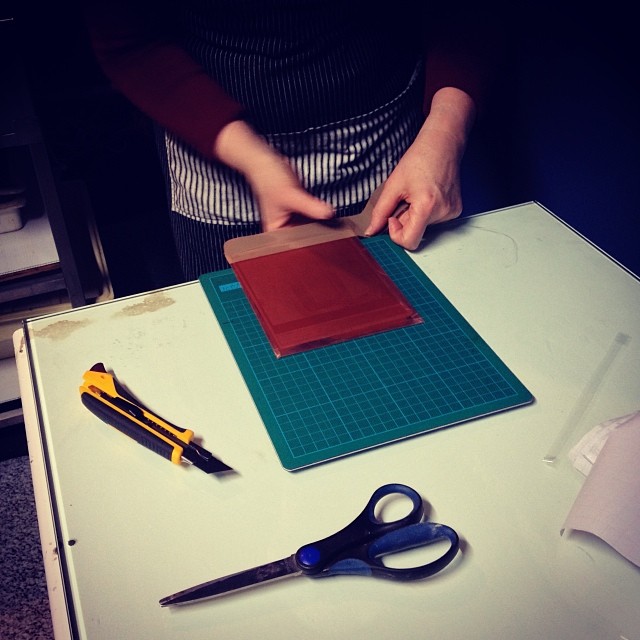
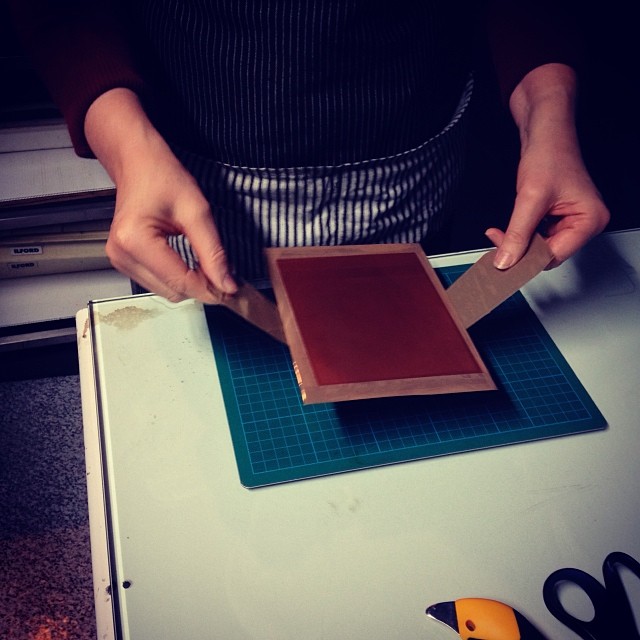
the next day the plate is 'staged' for etching.. the areas with masking tape will not be etched.
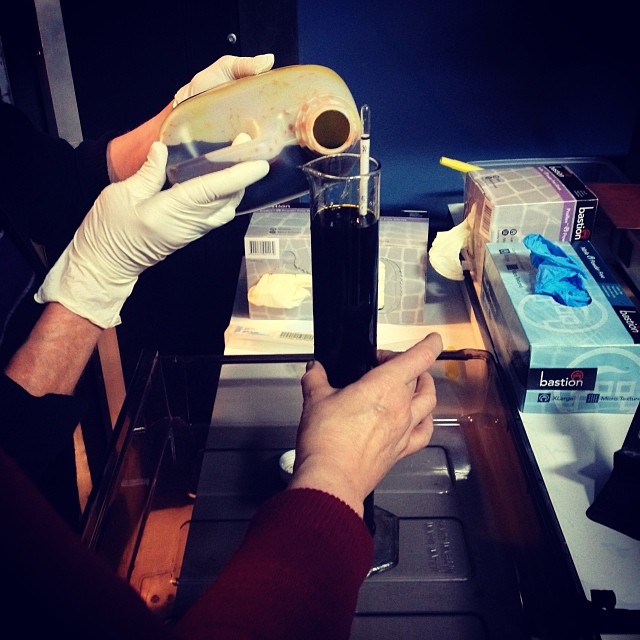
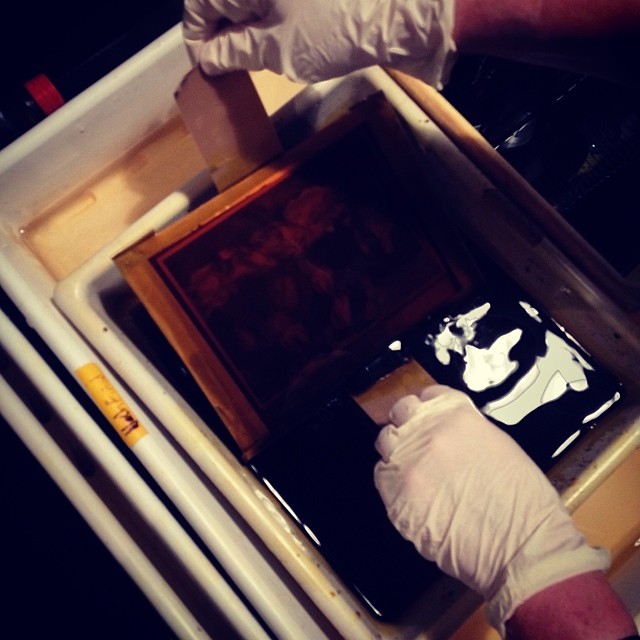
the chemical solutions are prepared.. 5 solutions of ferric chloride in different concentrations.. the plate is agitated & soaked in each bath.
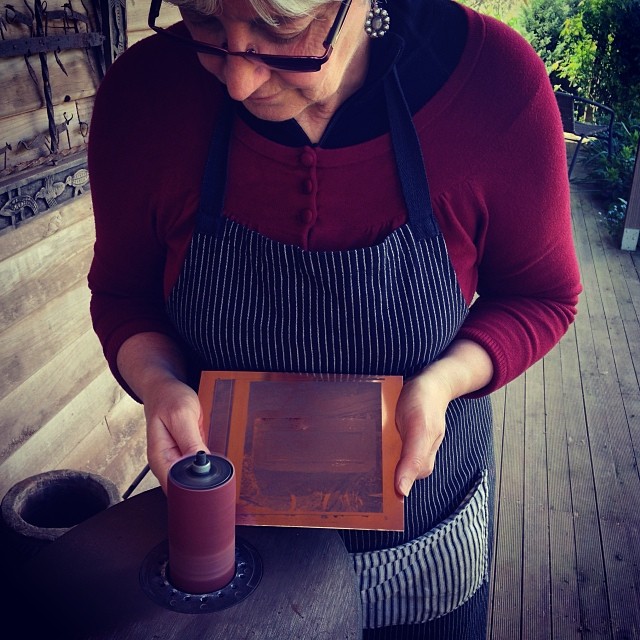
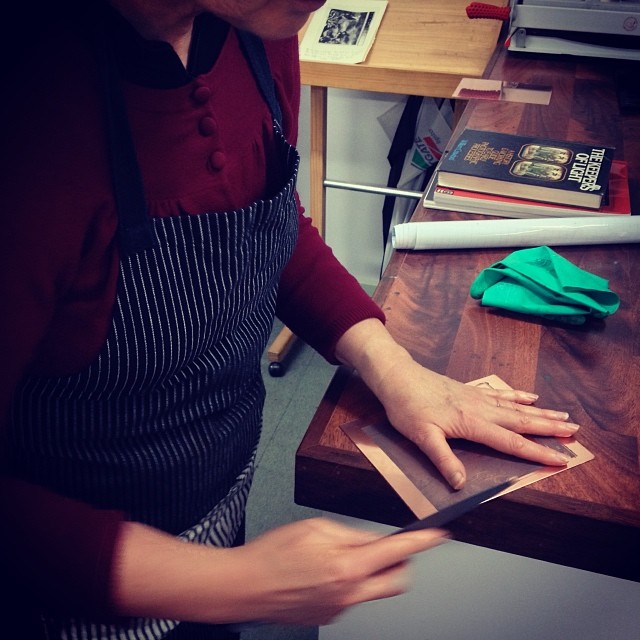
after the 'staging' is removed, the plate is once again washed & polished with brasso. Here the edges of the plate are being bevelled.
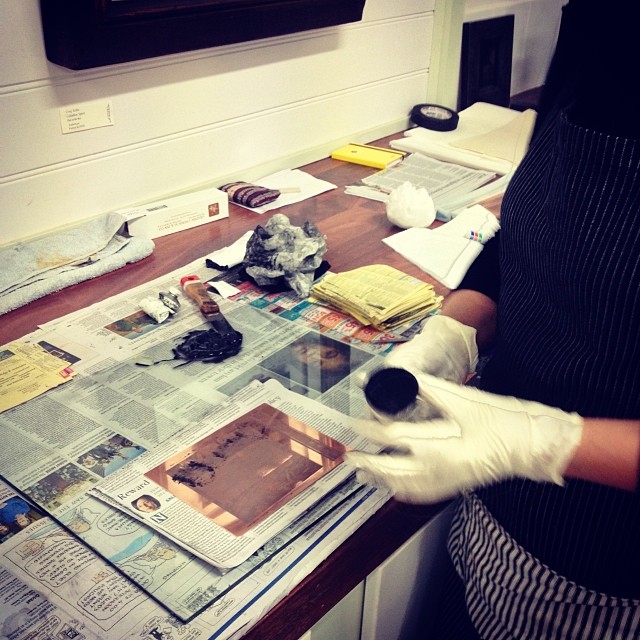
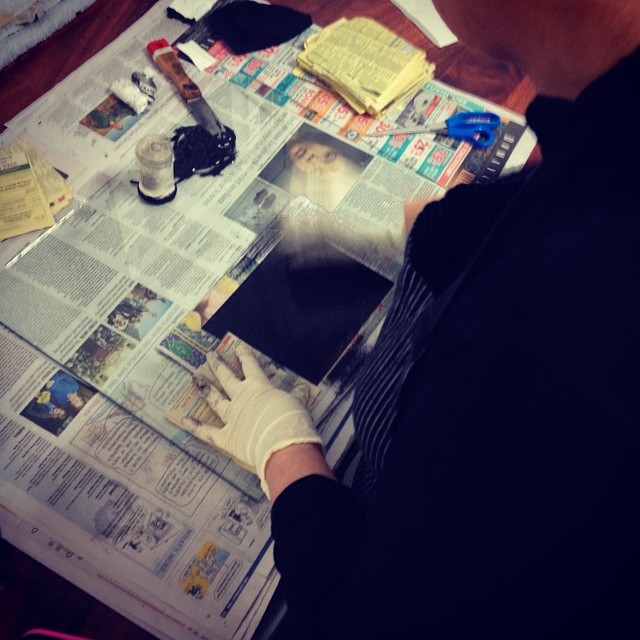
inking up the plate with a felt dabber.
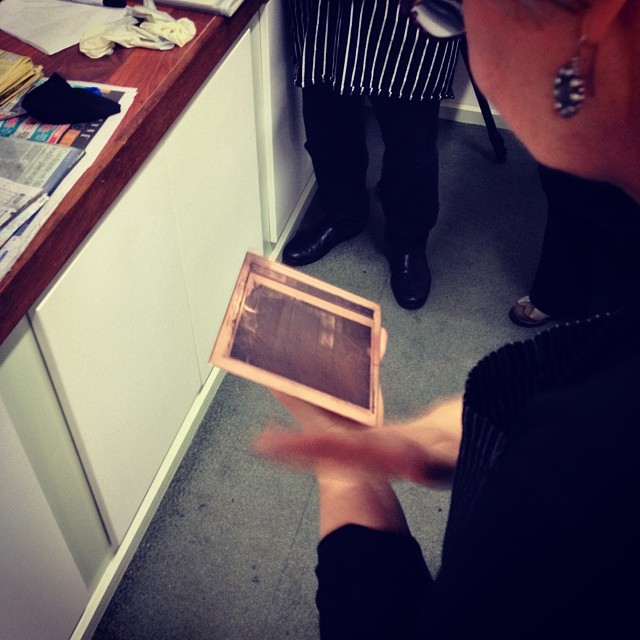
the last ink from the plate is removed with the heel of the hand..
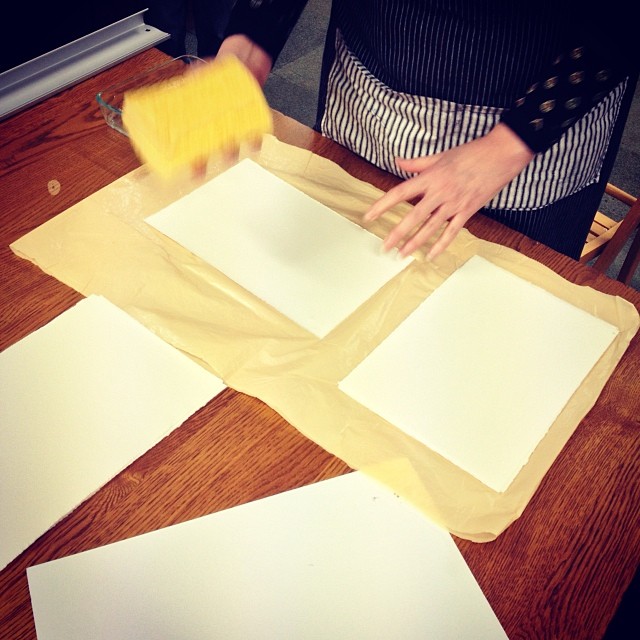
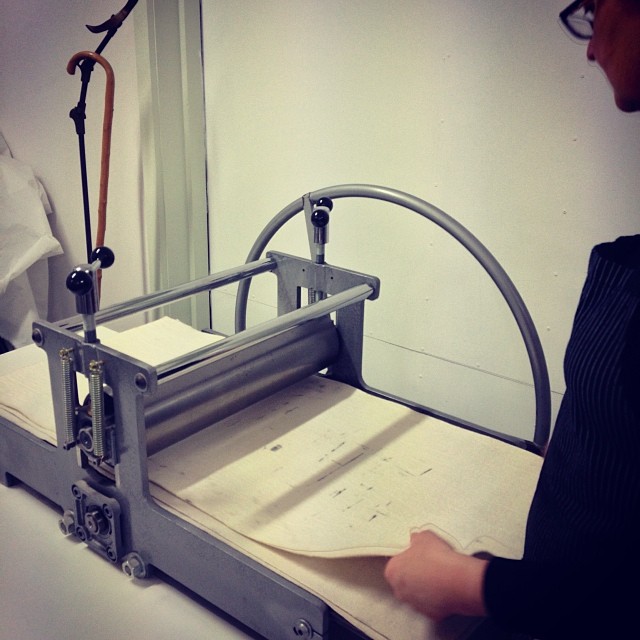
paper is dampened the night before in preparation for printing... the press & felts are ready for printing..
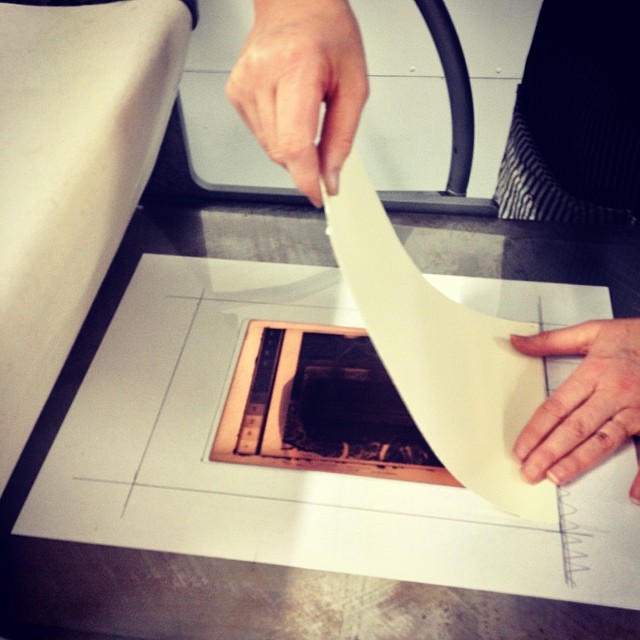
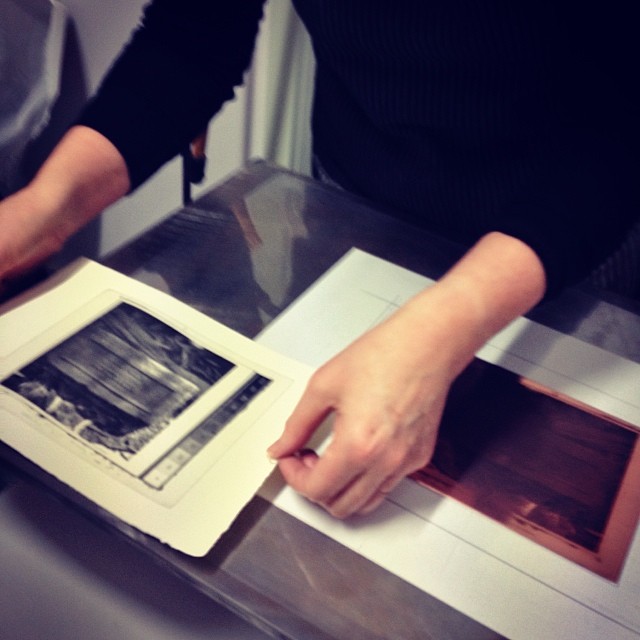
after the plates have rolled through the press, the printed image is lifted off the copper plate.
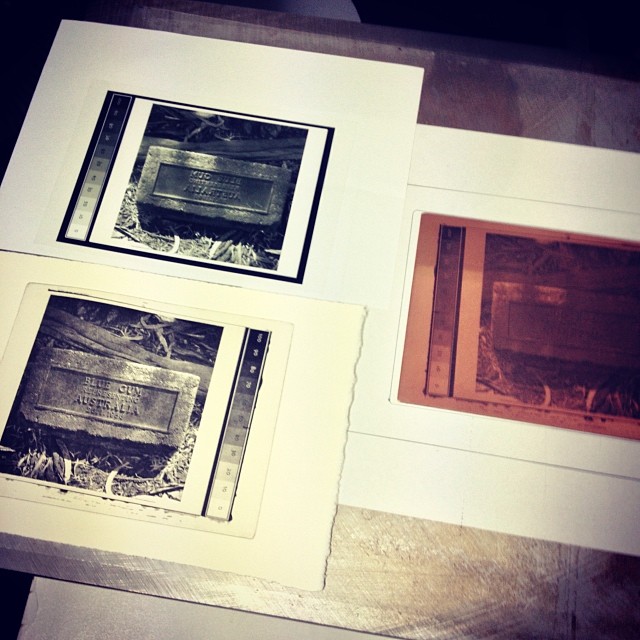
3 images.. the film positive, the copper plate & the print.
September 2013
Sydney Fringe - May Street Studios Open Days in Sydney
Saturday 28th & Sunday 29th September 2013
September Open Day @ MSS!
June - August 2013
Europe
What an amazing trip! Athens.. London.. the Lake District in England.. Athens.. Mykonos.. Kephalonia.. Ancient Olympia.. Nestani.. Kastania.. Verona.. Selva in the Dolomites.. Bolzano..
April 2013
The Alternative Photographic Processes Symposium (APPS) in Melbourne
Gold Street Studios in Trentham East, Victoria
I attended the Alternative Photographic Processes Symposium (APPS) 2013 - New Directions for Old Processes at Gold Street Studios from 11th to 13th April.
driving to Gold Street Studios in East Trentham, Victoria.
Ellie & Allen's beautiful house on the property & the gardens.
the tea tree in the garden.
There were fascinating demonstrations in alternative processes such as..
Photomechanical: photogravure & letterpress with Dianne Longley - Dianne briefly discussed the history of paper and printing processes. Perhaps the most interesting for me was encaustic, which is the oldest form of painting (100-300 AD) The Fayoum portraits are examples of this beautiful technique. These mysterious mortuary portraits are translucent and muted due to the bees wax layer coating the painted surface.
Photomechanical processes with Diane Longley.
Light sensitive salts: cyanotypes, chysotypes, albumen & platinum with Ellie Young - Ellie's informative demonstration went through the step-by-step process of creating beautiful salt prints. These photographs can be made with a digital negative & no darkroom! Through her continuous experimentation of these methods, Ellie was able to give us great advice on trouble shooting when issues arised on papers, chemicals & humidity.
Ellie Young on light sensitive salts with examples of traditional & new Cyanotype.
Daguerreotypes with Jerry Spagnoli - "A Daguerreotype is an image and a virtual image." This lengthy process was a dream to watch. Jerry gave a detailed demonstration of the process from how to polish & buff the plate all the way through to guilding. I really enjoyed Jerry's demonstration & his philosophy.. Jerry believes whatever medium or equipment you decide to use, you are inserting yourself into that history. Your project should be integrated with that history. The method contains a history and subliminal message.
Jerry Spagnoli with the polished plate... Jerry guilding the Daguerreotype.
Wet Plate with Craig Tuffin - all I can say is WOW! When I saw the negative glass plate in the developing solution turn into a positive image it was just magical & I was hooked!
Craig Tuffin's gorgeous Chamonix large format camera w. 1862 Holmes, Booth & Haydens lens.
after coating the plate, Craig has around 10 mins. to shoot.
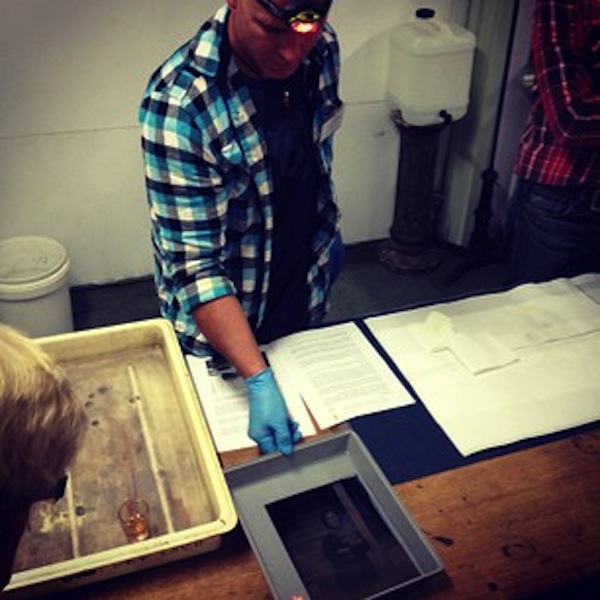
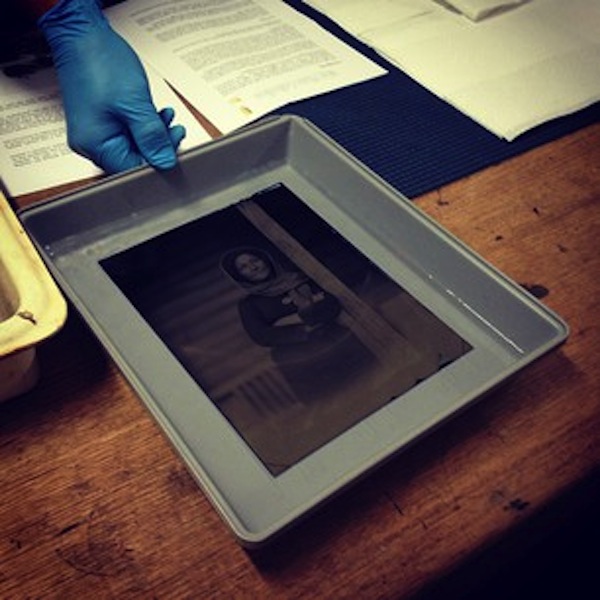
the image changing from a negative to a positive.. what a magical moment..
Dichromated colloid processes: carbon printing & gum bichromate with Ellie Young - Carbon printing was of interest, especially because sadly Polaroid is no longer in production. Ellie made the carbon paper! The images have a slight relief & can be transferred & layered onto other mediums such as glass, mirror.
Ellie showing examples of Salt printing.
The final day featured a number of presenters and a keynote lecture by Jerry Spagnoli, a daguerreotype artist from New York. The symposium explored how contemporary artists use these historical alternative photographic processes in their practices.
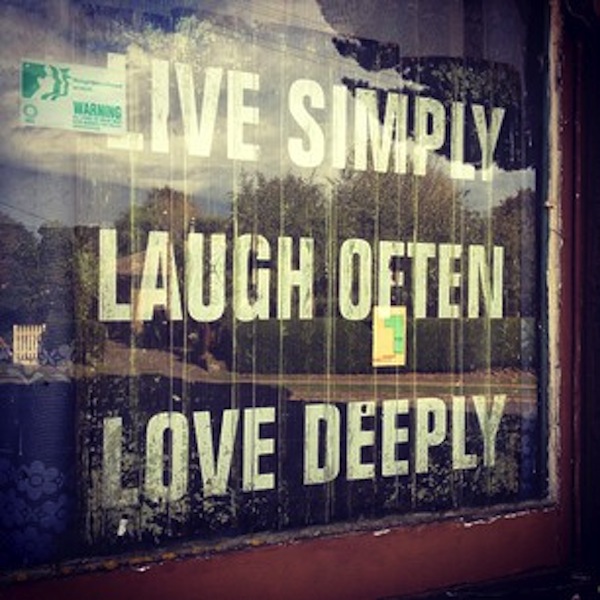
local wisdom.. & an old car in nearby Daylesford.
March 2013
Marrickville Open Studio Trail (MOST) - May Street Studios Open Days in Sydney
Saturday 9th & Sunday 10th March 2013
The studios were filled with friends & visitors over the weekend. So many interesting people came to see the group exhibiton in the new gallery & wander through the studios. I met some amazing people.. from young high school students aspiring to be artists, people who were curious to see what we do here, lovers of art & artists from the community.

Sandra Kontos, Sergios & the Birdcage
April 2012
Palladium/Platinum Printing
The Penumbra Foundation Centre for Alternative Photography, New York
I had the pleasure of travelling to Chicago & New York in 2012. The weather was unseasonably warm in Chicago, permitting me to leisurely stroll the streets in awe of the city's magnificent architecture.
In New York, I attended a 2 day workshop on Palladium/Platinum printing with the esteemed photographer Carl Weese. The Penumbra Foundation Centre for Alternative Photography, is my kind of Mecca. "The Penumbra Foundation is a non-profit member supported organization dedicated to preserving historical and emulsion based photography and maintaining its relevance as an artistic and educational tool in the evolving digital age." (http://capworkshops.org/about-penumbra/)
As students we directed Carl where to point his 4X5 camera to capture our image. From start to finish it was quite a lengthy process. After processing the negatives, we ventured into the darkroom to practice coating our sheets of paper with emulsion, exposing the print & developing them in a number of baths.
The results were astounding. Matte and soft yet rich with sumptuous details due to its wide range of black and white tones. This was a processes used by some of the greatest photographers such as Alfred Stieglitz, Imogen Cunningham and Irving Penn.
Some photographs of my travels..
